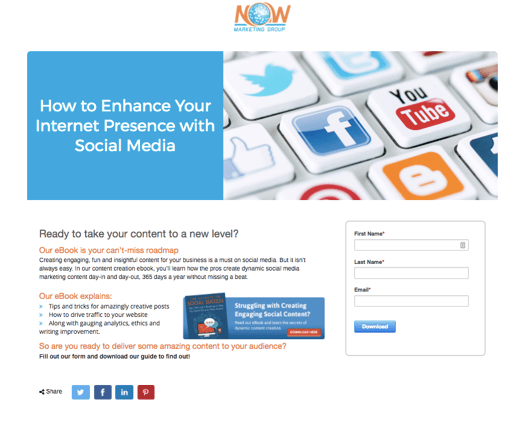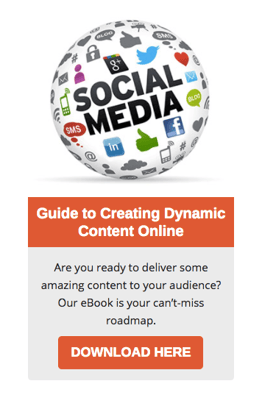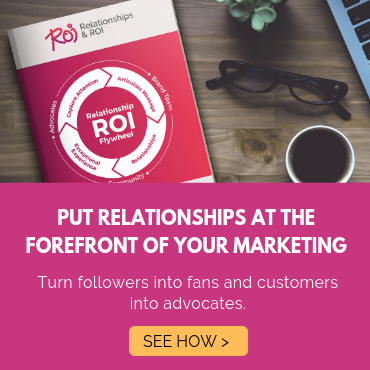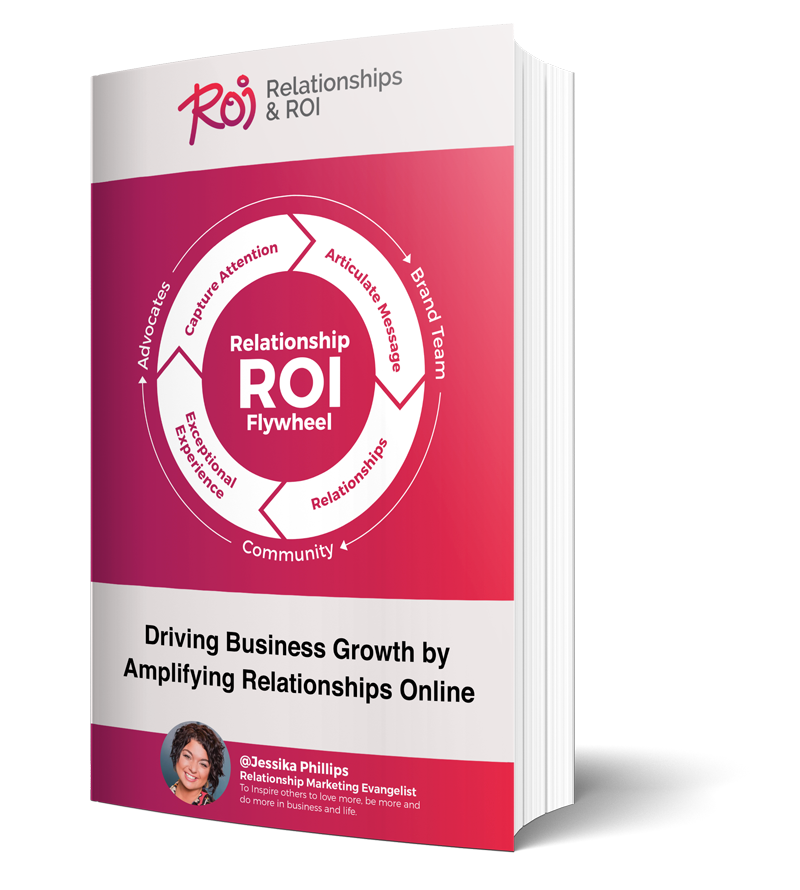This is a critically important topic, one that at first seems daunting. But, the inbound marketing workflow process isn’t that difficult!
Today, we will be walking you through the lead nurture process and explaining how you can use workflows can build a more effective marketing campaign. This step-by-step process will show you how to set-up your inbound workflow to gather leads and build trust with them so that ultimately they learn more about your business and use you to solve their pain points.
Many businesses set up social media accounts and build websites and think that’s all it takes to gain traffic and start selling. By the process is a little more involved in that. A true inbound process relies on building a trusted relationship with potential leads through valuable offers. A consumer isn’t going to discover you and fall in love in the same day. There is a getting-to-know-you period that takes time. Through this trust building and relationship driving process, you will build dedicated followers who love your product.
But this will take strategy. And, that strategy will need to be broken down into a workflow. Just like anything in business, there is a step-by-step process that you can take to get things accomplished. Your workflow will put a plan and strategy in place for content to turn leads that are coming in, qualifying them for you, and turning them into sales.
What this really does is automates most of the sales process for you, so you can focus on warmer, stronger leads who are closer to making a sale.
Ready? Let’s get started!
1. Start by understanding your audience
Before you get started on any type of workflow, or even before you begin to write and create content, you need to know who your ideal customer is. Your product will be solving a problem or helping a customer in some way, so think about your customer before they have your product in hand. What is the main problem? What are their frustrations? Who are they? You can get very specific with this.
Ask questions like:
- What is their education level, what have they studied, and what do they need to learn?
- What is their current job position and what are they working on during their day-to-day?
- What are their hobbies, interests, and what do they do for fun?
- Where do they search out information when they have a problem?
- How do they phrase things? What keywords would they think to use?
- What problems do they have, that they are currently looking to solve?
These are called buyer personas and you can create multiple personas to really drill down your core audience. But be careful of making too many. You want to focus only on a few core personas to make sure you are effective with your marketing.
Once you know who you are trying to target, think about what you could give away that would be a good gift. It needs to be valuable! So valuable, in fact, that they’re willing to give you a little gift, too. Their email address!
People are wary about handing out their email address; most people don’t want to get a whole bunch of spam in their inbox. So whatever you’re giving away, it needs to be worth the risk. That’s why it’s important to really think about those pain points and what piece of content will help them solve some portion of it. That way they feel like they need the download.
2. Create your free gift that will solve a problem your audience has
Of course, to start anything you first have to create the offer itself. This can be in form of a PDF download, a video with step-by-step instructions, a detailed infographic, whatever your persona would find extremely helpful. Create it out of the goodness of your heart, not with the sole intention of getting emails. This step is also aiming to build a relationship, so it’s important to make sure this is valuable, not salesy. The headline should be straightforward, clear, and concise. Try to aim for five to eight words.
3. The landing page that introduces your gift
This is where people will be introduced to your gift and its topic. It should include your clear and concise headline and some body copy that summarizes what the download is and what it gives them. It doesn’t need to be long, four to eight sentences or a paragraph is enough. You will want to also put three to five bullet points in the body copy. This makes it easy for skimmers to quickly understand what the download is and gives key points of the content.
Your landing page should also have a form field. Bare minimum you’ll need to ask for name and email. Depending on the value of the piece, you can also ask for other information, such as company name, which will help you separate personas into their own workflow later on. But don’t be too pushy! Remember, this is the beginning of the relationship and if you ask for too much info, it’s likely they won’t stick around.
Once you get the initial questions, have some queued up. This is just the first step in your funnel. Later down the road, you can continue to ask more qualifying questions, like what their position is in their company or what would best describe them. If you plan those important questions now, it will help you later on.
Lastly, this page should be well designed and have a nice layout. Add graphics or lifestyle photos to supplement the body copy. Remove any navigation or menus from the page, except links to share the page on social pages.
4. Create an enticing call-to-action
This is the button that your users will click on to get to the landing page. These can be placed in multiple places throughout your website, as long as it’s done tastefully. They can be in the sidebar, placed in body copy, at the bottom of pages, and on the homepage.
Use a form of your headline, one that catches attention and piques interest. It can contain a couple sentences further illustrating why they should click and can use graphics and images.

Once they click on the call-to-action, they will be directed to the landing page.
5. Create a thank you page
Once a user fills out the landing page information, they should be redirected to a thank you page. This is where you thank them and give them access to their download. You can make it available via a button or hyperlink on the page or send it directly to their inbox. Preferably, you’d do both. Explain how they can get it, whether they need to click on a link to download it or check their inbox for the link.
You can start the cycle over by placing another call-to-action on the thank you page. For example, if they’ve just received the free guide to digital marketing, a relevant next step would be a free webinar training on implementing the steps showcased in the guide.
Our three-step funnel process looks like:
- Call-to-action one: The value offer
- Call-to-action two: The trust builder
- Call-to-action three: The hand raise
The first call-to-action is that valuable offer, a piece of content that will solve a problem. The next one is a trust builder that will give some insight into your best practices and philosophy. Lastly, you have the hand raise, which is a call for them to contact you if they need more help.
6. The email follow-up
Your final step is to have an email follow-up with a link to the download they’ve signed up for and a call-to-action for the next step, the trust builder.
Now that you have their email you can continue to make contact with them in a gradual drip campaign that gives them access to more downloads related to the one they already have. Or, send out blogs and newsletters related to their interests and needs.
There you have it, an introduction to an inbound marketing workflow. There are tools that help you create your own workflow, such as Hubspot. But, as you can see, it’s not that difficult to get started! As long as your goal is to be helpful, build relationships, and be yourself, people will find you.
Are you working on your own inbound marketing workflow? If you need help, feel free to contact us today.




Comments